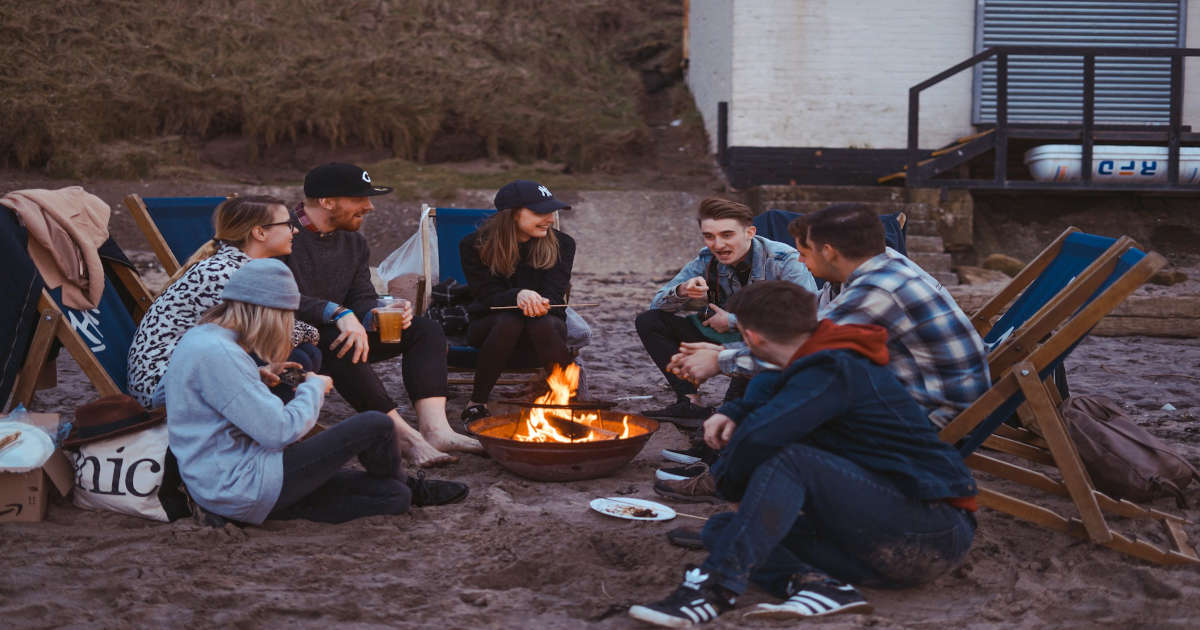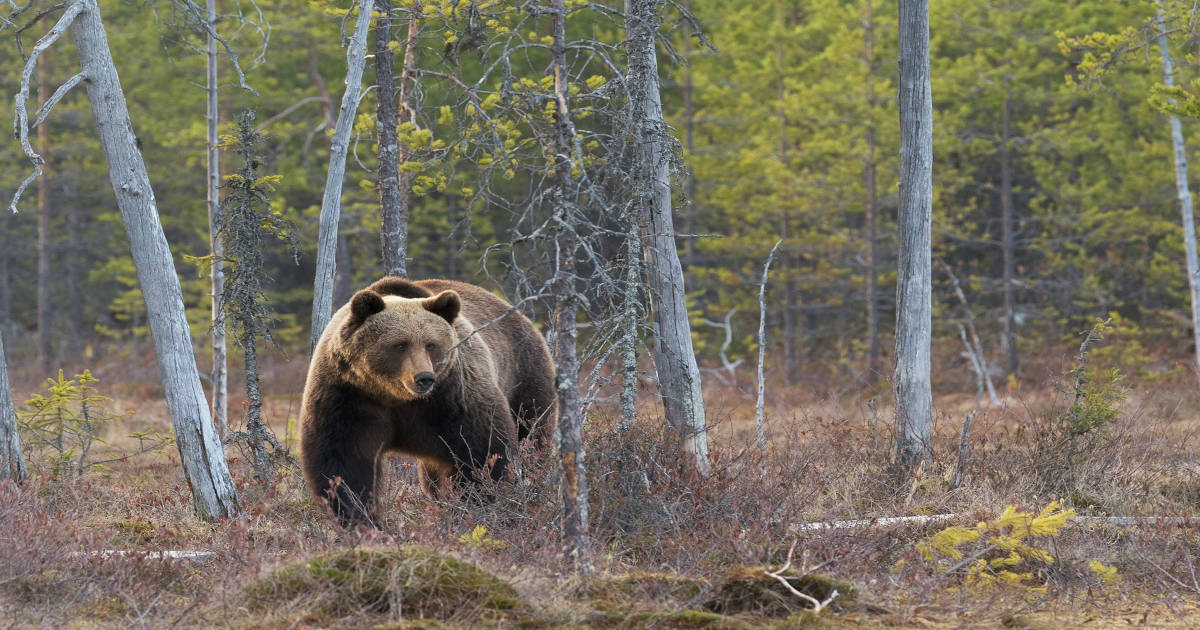There are different ways to enjoy the outdoors. Some people want to turn camping into a luxurious experience, while others want to camp with the bare minimum. Here is a brief explanation of the different types of camping.
Glamping
Glamorous camping, or glamping, involves sleeping under a unique structure such as a canvas tent, teepee, or yurt. Glamping sites typically provide beds, linens, and pillows, with bathrooms, kitchens, and firepits on site. Glamping is a great way to introduce someone to sleeping outside. One downside is that some Glamping sites are more expensive than a hotel.
Tent Camping
Camping in a tent is the most popular method. After investing in a tent, it is one of the cheapest options because you can simply pack up and go. Options range from a small, one-person tent that can be set up and taken down quickly to a tent big enough for the whole family. Tent camping is fun in the right weather conditions, but may be miserable in cold and wet weather.
Car Camping
Car camping simply means storing your supplies in your car or van and driving to a campsite. Some people may sleep in their vehicle (check local laws) or in a tent just outside it. Keeping supplies in your car eliminates the need to carry them in a backpack. Watch out for other noisy campers who have the same idea.
RV Camping
Camping in an RV allows you to take a bed, a kitchen, and a toilet wherever you go. Ensure the campsite has a place to plug in or bring a generator for electricity. Like Glamping, one of the biggest drawbacks to renting or buying an RV is the cost.
Backcountry Camping
Backcountry camping is for people who want to go all in on the camping experience. It involves hiking out to the backcountry with no paved roads or vehicles. It allows you to camp in silence and enjoy nature to its fullest. Because no one else is around, double-check your supplies. Ensure you bring proper food, shelter, and first aid. Do not attempt it if you are not an experienced camper.
Pack These Essentials (Unless You Like Trouble!)
You need to have the proper camping supplies. The type of camping dictates the supplies you need. Here are some of the supplies you may need.
Sleeping Gear
- Tent
- Sleeping bag
- Blanket
- Sleeping pad
- Cot
- Pillow
Cooking Supplies
- Pots, Pans, bowls, and dishes
- Utensils
- Drinkware
- Coolers
- Matches/firestarter
- Water
- Food
Other Items
Camping Attire: Dress for the Wilderness
The clothing you need to wear/pack depends on where and when you go camping. Bring the appropriate shirts, pants, footwear, and jackets. Check the weather before leaving to ensure you have packed the right clothes.
How to Fuel Your Adventure
What type of food you cook/eat may depend on the type you do. If you are at a campground with your family or traveling in an RV, your options are much more open. You may need simpler, no-cook meals if you are by yourself or backcountry camping. Some classic choices are hot dogs and hamburgers. If you feel ambitious, try something like campfire pizza. Some other options include pasta salad, Ramen noodles, and S'mores. Bring pre-packaged items like energy bars, beef jerky, and fresh fruits and vegetables for snacks.

Storage & Cleanup: Keeping Your Campsite Tidy (and Bear-Free!)
Take appropriate action to keep pets and animals away from your campsite. Keep food in bags and containers to keep the smell down at night. When cleaning, store garbage in tightly sealed garbage bags. This is especially important if your campsite does not provide trash facilities.
If staying in a bear-prone area, keep food and waste in a bear canister, which should be at least 100 yards from your tent or vehicle.
Fire Safety: How to Stay Warm Without Going Wild!
If you have never made a fire, practice at home first. Before making a fire, make sure the conditions are safe. Clear the area of fire hazards, such as dry grass, overhanging branches, exposed roots, or root balls. For a campfire, use downed firewood (do not cut down a living tree), twigs, leaves, and small sticks. You can purchase firewood from the campground or local store, but you should never bring wood from home, as this could introduce invasive species.
Only you can prevent wildfires! When you make a fire, create a fire ring to contain it. Never leave the fire unattended. To extinguish a fire, douse it with water and stir with a stick until it feels cool with the back of your hand.

Share the Outdoors
While it may be fun to be close to nature, it's important not to get too close. Never feed wild animals. If you see a wild animal, hold out your thumb at arm’s length. If your thumb cannot completely cover the animal, back away. Consider bear spray if camping in an area prone to bears.

Conclusion
Follow this guide for some basic camping tips. Know the different types of camping to figure out which one is best for you. Pack the appropriate clothing and supplies for the location and forecasted weather of your camping site. Have a plan for meals, whether you are by yourself or with your family.
Store your food, clothing, and garbage properly to avoid attracting uninvited guests. Practice fire safety to avoid fire outbreaks. Keep your distance from wild animals to avoid injury. As you gain experience, feel free to branch out. Happy camping!